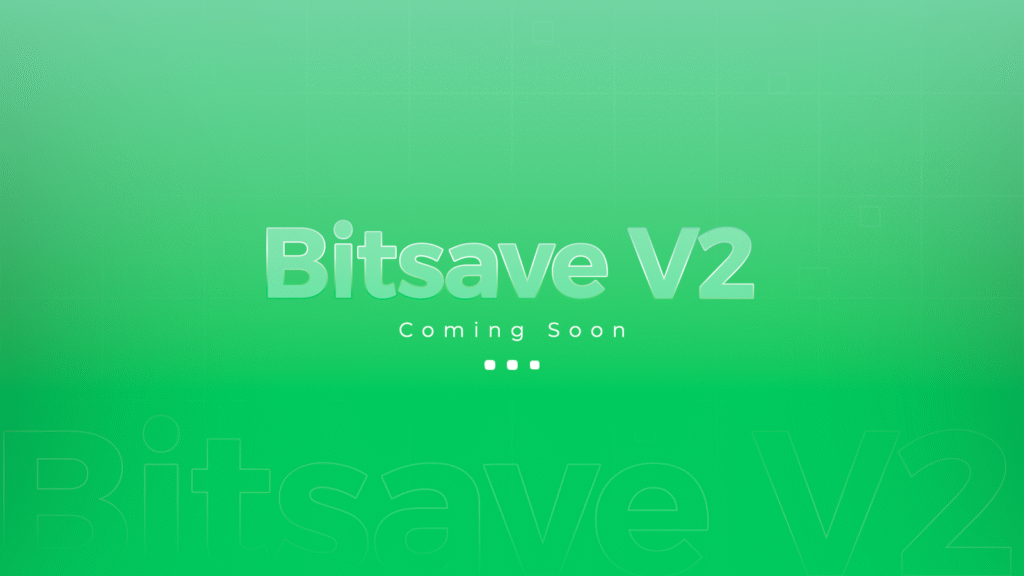One of the long-standing tensions in the Ethereum community has been the divide between applications that generate substantial revenue and those that fulfill the ecosystem’s underlying philosophical goals. Historically, revenue was driven by speculative activities like NFTs, memecoins, and temporary DeFi incentives. Meanwhile, culturally congruent, non-financial applications like Farcaster or ENS struggled to generate enough economic activity to sustain a half-trillion-dollar ecosystem.
Vitalik Buterin argues that Ethereum now has an application that can bridge this gap and be for Ethereum what search and ads were for Google: low-risk DeFi.
The Low-Risk DeFi Analogy
The analogy to Google is that while Google does many valuable things (AI, open-source projects, hardware), its primary revenue engine is search and advertising. Low-risk DeFi can serve a similar role for Ethereum:
* It acts as a crucial revenue generator, economically sustaining the ecosystem through transaction fees and the use of ETH as collateral.
* It allows other, more experimental, or non-financial applications (which are vital for Ethereum’s culture and role in the world) to be developed without the pressure of being primary revenue sources.
The Case for Low-Risk DeFi
Low-risk DeFi includes foundational functions like payments, savings, synthetic assets, fully collateralized lending, and asset exchange. Its focus is justified by two core components: Irreplaceable Value and Cultural Congruence with Ethereum’s long-term goals.
Why It’s Valuable Now (Addressing Historical Suspicion):Vitalik was initially suspicious of DeFi because it was driven by unsustainable subsidies or speculation. However, two key changes have made low-risk DeFi viable:
* Decreased Risk: Protocols have become more secure, and while hacks still occur, they are being pushed to the edges. A stable core of applications is proving robust. Vitalik suggests that for many people globally, the tail risks of traditional finance (TradFi) are now greater than those of a mature, transparent DeFi.
* “Non-Ouroboros” Users: The true value is for people and businesses who need global, permissionless access to mainstream assets (like major currencies with competitive interest rates, stocks, and bonds) but lack reliable TradFi channels. DeFi’s “magic sauce” is making existing global economic opportunities accessible to all.
Why It’s Culturally Congruent:
Low-risk DeFi is an ideal revenue generator because: * It serves an honorable purpose: enabling global, permissionless access to positive-sum economic interaction and wealth-building. * It doesn’t create perverse incentives for the Ethereum L1 (e.g., to over-centralize for high-frequency trading).Unlike Google, where advertising incentivizes data collection and proprietary systems—which works against its idealistic, open-source spirit—low-risk DeFi creates an alignment between “doing well” (generating revenue) and “being good” (democratizing finance).
What Low-Risk DeFi Can Evolve Into
The current focus on low-risk DeFi is also a synergistic foundation for future, more powerful applications: * Reputation-Based Lending: A mature financial and non-financial on-chain ecosystem (including ZK identity) makes a path toward under collateralized lending and greater financial inclusion possible. * Advanced Hedging: Integration with mature prediction markets can allow users to engage in sophisticated, rational statistical hedging strategies. * Beyond the USD: The ecosystem can shift from merely enabling easier access to the USD toward more stable, non-sovereign forms of value, such as basket currencies, “flatcoins” tied to consumer price indices, or “personal tokens.
“BitSave Protocol: Laying the Bricks of SaveFi
Vitalik calls this need low-risk DeFi: “Global democratized access to payments + savings in valuable assets (currencies, bonds, stocks)… sustainable apps that become Ethereum’s backbone.
“That’s precisely what BitSave Protocol is building: SaveFi.For too long, DeFi has been either speculation (memecoins, NFTs, yield farming) or useful but not sustainable. Vitalik argues we need the “Google Search” of Ethereum—simple, reliable, everyday finance that creates real-world value.
That is the mission of Bitsave: * 👉 Save in stablecoins like USDC and cNGN.
* 👉 Borrow against savings with $BTS.
* 👉 Buy tokenized FGN Bonds & NSE Stocks with local stablecoins.
* 👉 Do it non-custodially, with no banks or middlemen.This is not speculation; it’s financial discipline onchain. If TradFi can wrap BTC/ETH into ETFs for Wall Street, we can wrap local bonds and stocks so onchain savvy savers can access them from anywhere.
This is what SaveFi means:
* 💸 Simple savings
* 📈 Local investments
* 🌍 Global access
* 🔐 Non-custodial security
Vitalik even hinted at the future—savings histories for under collateralized loans, CPI-pegged stablecoins, and regional hedging. That’s the roadmap Bitsave is already walking. If Ethereum’s backbone will be low-risk DeFi, Bitsave is laying the bricks today.🔥 This is SaveFi. This is Bitsave.

